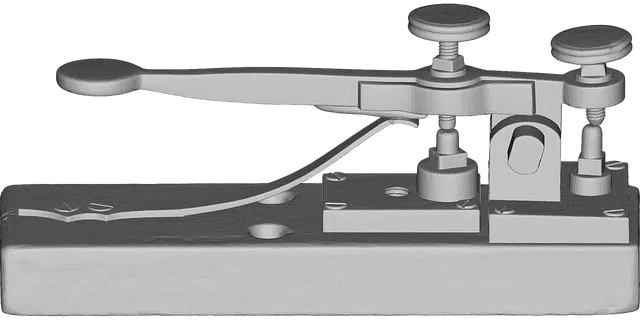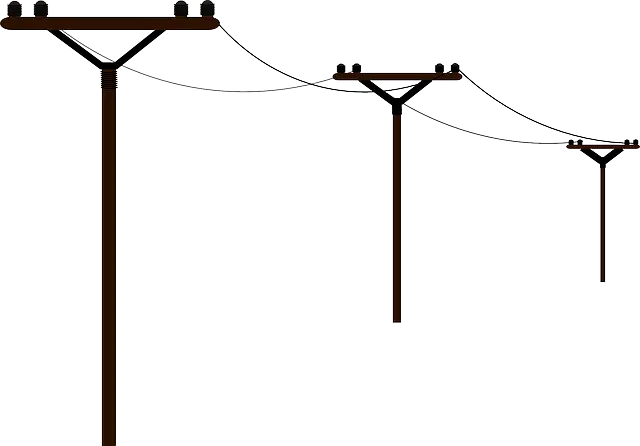
A telegraph allows the transmission of coded information through electrical signals.
A telegraph is a machine used to transmit coded information using electrical signals . These devices were characterized in their time by the speed of data transmission and the distance they were capable of reaching, although with the advancement of technology they became obsolete.
Throughout history different telegraphs were developed. In 1833 , after several initiatives that were successful in different parts of the world, Johann Carl Friedrich Gauss and Wilhelm Eduard Weber created a telegraph line in Göttingen ( Germany ) that allowed signals to be transmitted over a distance of 1,200 meters .
During those years, Pavel Schilling also managed to transmit information between two telegraphs located in different rooms of his house. He then expanded his experiment at the request of the Russian authorities and carried out cable laying in Saint Petersburg .
Types of telegraph
Samuel Morse 's telegraph was one of the best known. Together with Alfred Vail , this inventor and artist developed a code made up of spaces, dashes and dots that is today called Morse Code and is used to transmit messages. With the support of the American government, Morse encouraged the installation of telegraph lines.
The electric telegraph , little by little, spread throughout North America and various European regions. The next step in the evolution of the device was to install underwater cables that, in 1858 , even managed to cross the Atlantic Ocean .

Wiring is essential for the development of telegraph communications.
Hughes' contribution
One of the most interesting inventions within this race that encouraged so many people to achieve long-distance transmission of information was the Hughes printing telegraph , named after its creator, the musician and physicist David Edward Hughes, of British origin. . In 1855, while working on the creation of a device that would allow him to print each musical note he played on a keyboard, he came across this peculiar and advanced telegraph, which he immediately patented.
At first glance, Hughes' telegraph resembles a small musical organ with a series of reels and gears on its back ; and this is not so far from its true operation, since it also allows it to fulfill the original objective of its creator, although thanks to the inclusion of a key to alternate between uppercase and lowercase letters (similar to what we call "Capitals" today). or "Shift") it was possible to transmit complete text messages , which were printed at the reception point using a long strip of paper.
Hughes tried to market his product in North America, but the patent for the telegraph there belonged to Samuel Morse; this led him to try out in England, although he was again rejected, and he was eventually successful in France. There it was put to the test for a year, and then acquired by the president of the Second French Republic himself, Napoleon III Bonaparte, who decorated it with the "Knight" medal.
Compared to Morse's telegraph, Hughes's was much faster, capable of transmitting more than twice as many words per minute. On the other hand, it allowed printing using normal characters, which negated the need for translation before being read by the recipients. This does not mean that the process was accessible to any user, since its operation required frequent pressing of a pedal and presented certain difficulties when entering characters that were very close.
Telegraph as a name
It should be noted that different newspapers have been named "El Telégrafo" , inspired by the scope of the device to transmit information. There are newspapers called this way in Ecuador and Uruguay , for example.
The concept also gives the name to a hotel in Cuba and a seafood restaurant in Spain , among other commercial establishments.
